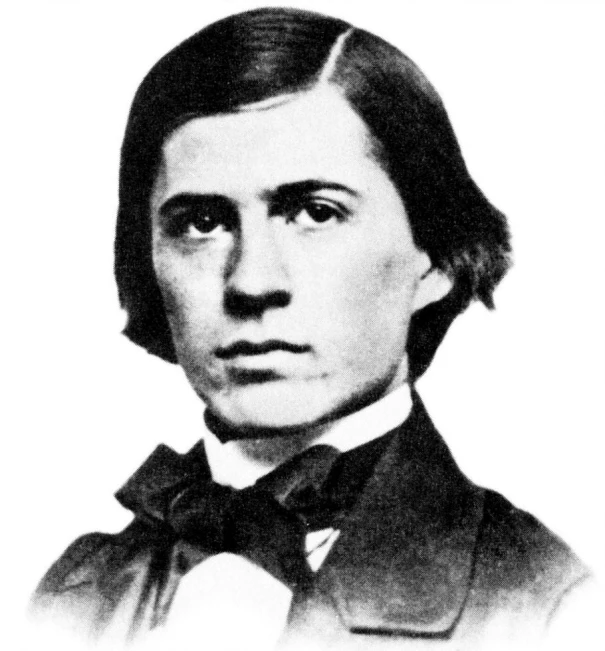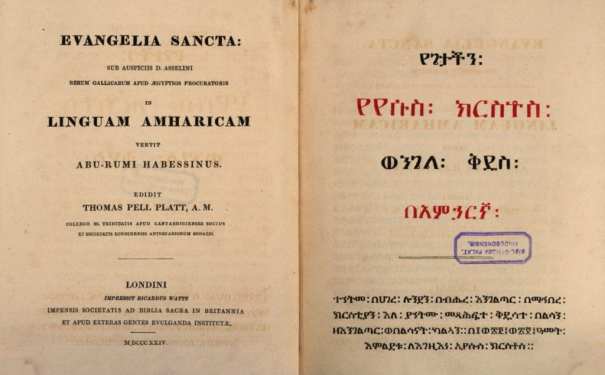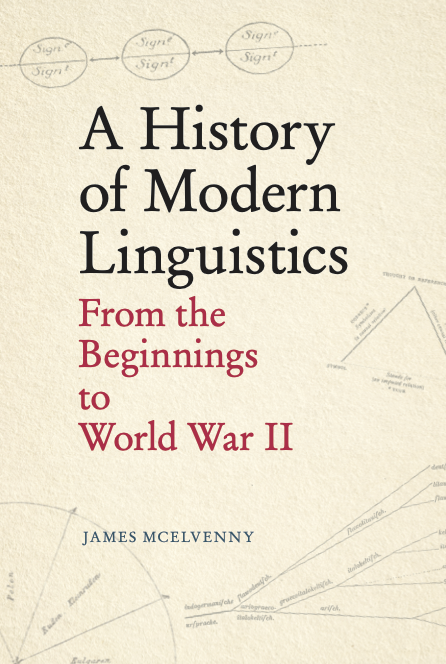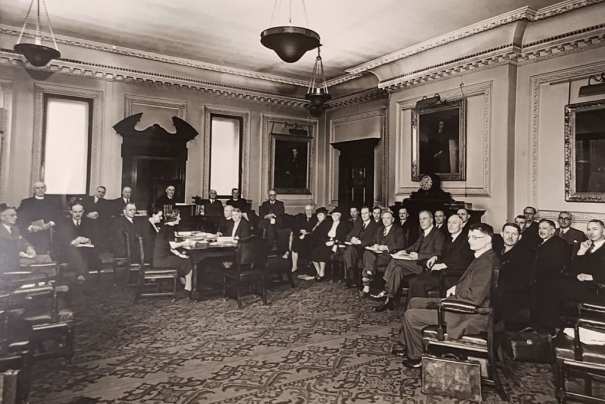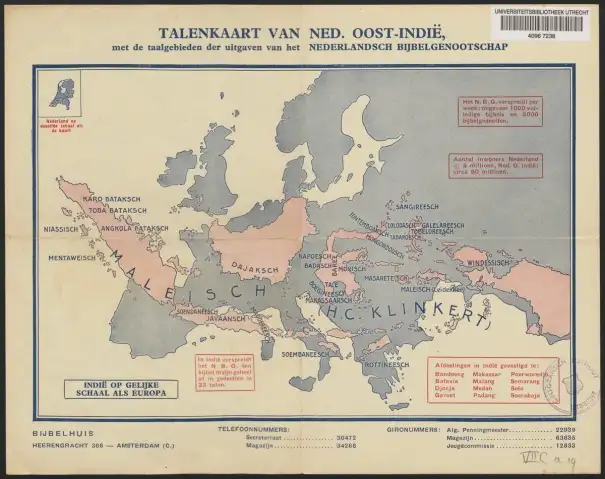
Floris Solleveld
University of Bristol
Linguistic fieldwork in the Indonesian archipelago, throughout the 19th century, was largely the province of the Dutch Bible Society (NBG). Two Bible translators stand out for their contributions to linguistic scholarship: J.F.C. Gericke on Javanese in the late 1820s-1850s, and Herman Neubronner van der Tuuk on Toba Batak, Malay, Lampung, Balinese, and various other languages in the second half of the century. Their methods were as similar as their personalities were different. Gericke was pious, deferential, a bit naïve, and well liked by the colonial and Javanese elites; Van der Tuuk was an inveterate polemicist and open atheist who went half native, and whose eccentricities and vituperative letters earned him something of a legendary status. Here he is pouring out his heart to liberal theologian and orientalist Pieter Veth:
It is very sad that the bigoted part of the nation has to pay for the study of languages, the knowledge of which is of such interest to us. […] After all I was in the pay of a bunch of saints, who don’t give a cuss about study, and speculate on the pockets of the pious cheese-buyers.
I gave up, and hold my mission for a complete failure, even if we may have learned something. All that has been done so far for indigenous languages I hold for trash, and this will not change as long as languages are not studied for their own sake. Whoever studies a language to translate the Bible into it is a miserable wretch, and so I despise myself more than anyone else. It was a cruel twist of fate that drove me into the arms of the Bible Society. […] In the Indies the Bible translator’s job is anything but a honourable profession, as they always confuse you with a missionary, that is, a guy who has escaped from behind a counter; they even think you a pious figure, when they hear about your Biblical task. I don’t need to tell you that I am not at all flattered by the predicate pious, and hold it for a swear word.[Van der Tuuk to Pieter Veth, Amsterdam, 14 June 1864]
Both Gericke and Van der Tuuk figure prominently in J.L. Swellengrebel’s history of the NBG in Indonesia, In Leijdeckers Voetspoor (2 vols., 1974-78); but while little has been written about Gericke since, Van der Tuuk’s correspondence as preserved in the NBG archives has been edited not once but twice. The titles of both collections are telling: Rob Nieuwenhuis’ pocket volume of letters selected for their historical or literary merit is called De Pen in Gal Gedoopt (the pen dipped in bile, 1962/82), while Kees Groeneboer’s near-exhaustive annotated edition bears the title Een Vorst onder de Taalgeleerden (a king among linguists, 2002). Annoyingly enough, the sole passages that Groeneboer sometimes intentionally omits are about linguistic details.
Read more ›
